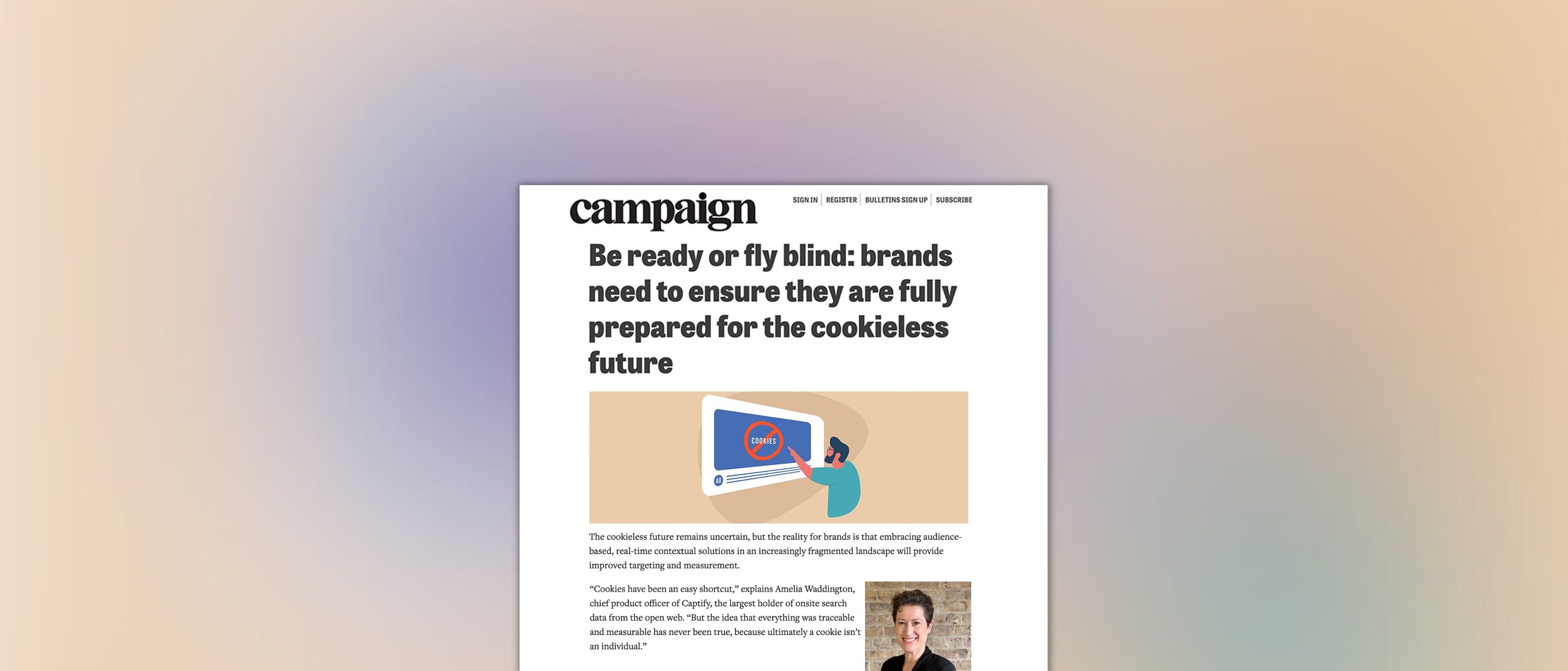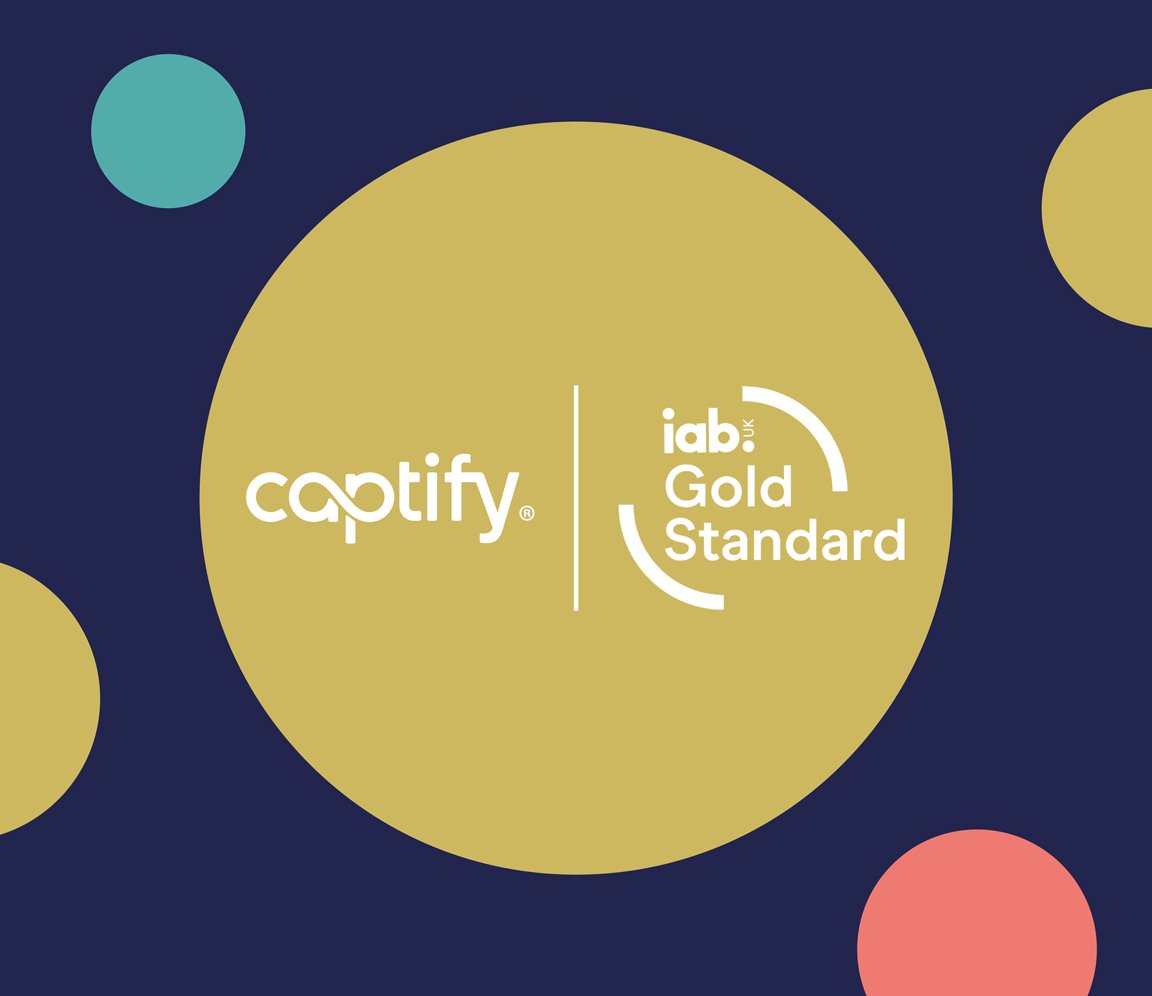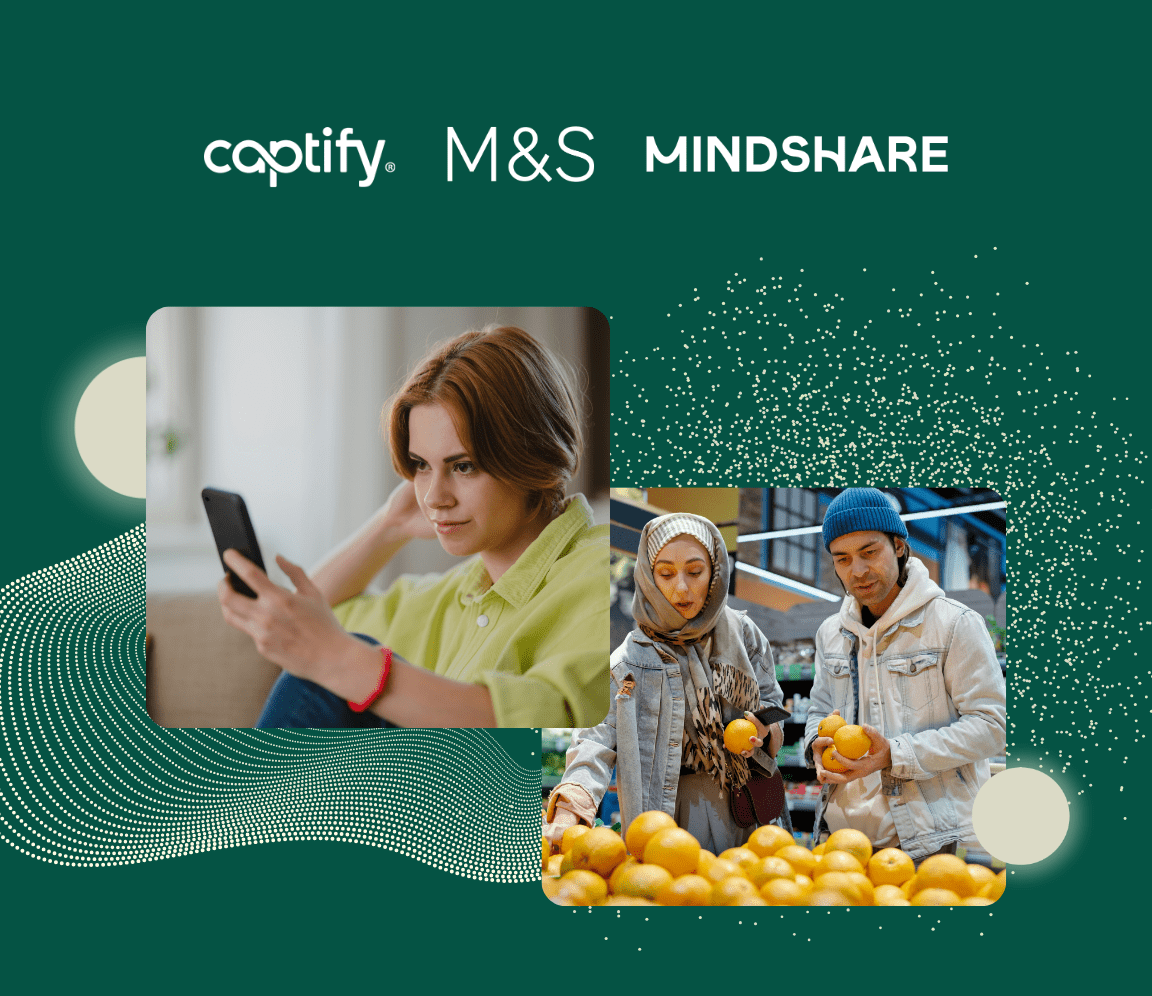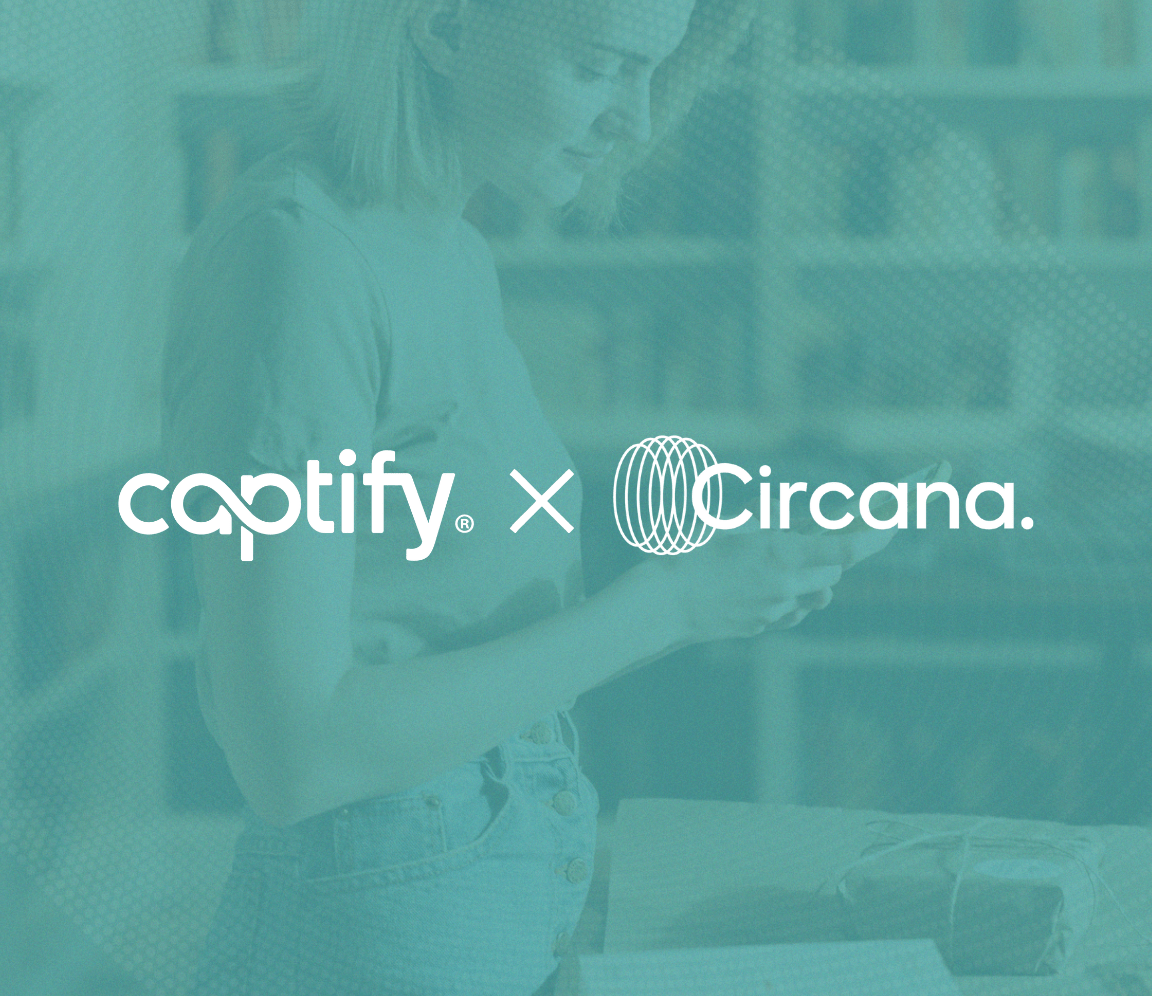Campaign: Be Ready or Fly Blind—Brands Need to Ensure they are Fully Prepared for the Cookieless Future
Extracted from Campaign, Author Amelia Waddington
Amelia Waddington, from Captify, the experts in real-time audiences powered by search intelligence, explains how advertisers can move confidently into the next phase of data-driven targeting.
The cookieless future remains uncertain, but the reality for brands is that embracing audience-based, real-time contextual solutions in an increasingly fragmented landscape will provide improved targeting and measurement.
“Cookies have been an easy shortcut,” explains Amelia Waddington, chief product officer of Captify, the largest holder of onsite search data from the open web. “But the idea that everything was traceable and measurable has never been true, because ultimately a cookie isn’t an individual.”
Captify’s new brand campaign, ‘Shift Happens’, highlights the challenges marketers are facing today. With consumer intent constantly shifting, and the impending deprecation of third party cookies, it can be a real challenge for brands to keep up without a real-time audience strategy.
Intent x context = efficiency
Captify’s machine learning models have been trained for more than a decade, translating onsite search data into actionable intelligence for brands around the globe. Captify examines where searches are happening, the connection between searches made across the open web, as well as the content being consumed around those searches. “It hits that relationship between intent and context,” says Waddington. “What people are searching around to meet their needs or interests in that particular moment, when they have that intent.” It can be delivered as either a cookie-based, or a cookieless solution, which Capitfy can deliver either as a managed service, curated or self-serve through any DSP.
“I think people are starting to realise now that some of the newer solutions actually have greater scale than cookies, and are more persistent.”
In 2022, Captify saw a 46% increase in click-through rate (CTR) from cookieless vs cookie-based campaigns and a 40% decrease in cost per thousand (CPM). In 2023, the CTR was up to 83% while the CPM decrease stayed at 40%.
How TV ad buying is changing
Late last year Captify announced a partnership with ITV, enabling the broadcaster to leverage Captify’s advanced contextual classification technology to analyse a TV programme at four- or five-minute intervals, allowing advertisers to place an ad right after a super-relevant segment (aka priming). This is an industry-first activation that allows brands to have a deeper level of integration within all relevant genres within the program, not just one.
“TV is still bought in a very traditional way without a lot of the tech that we’re more familiar with in the digital space,” says Waddington. “We’ll definitely see more of the digital data-driven and technologically advanced ways of buying, selling and scheduling moving into linear TV.”
Interested to find out more? Read the full article on Campaign.



